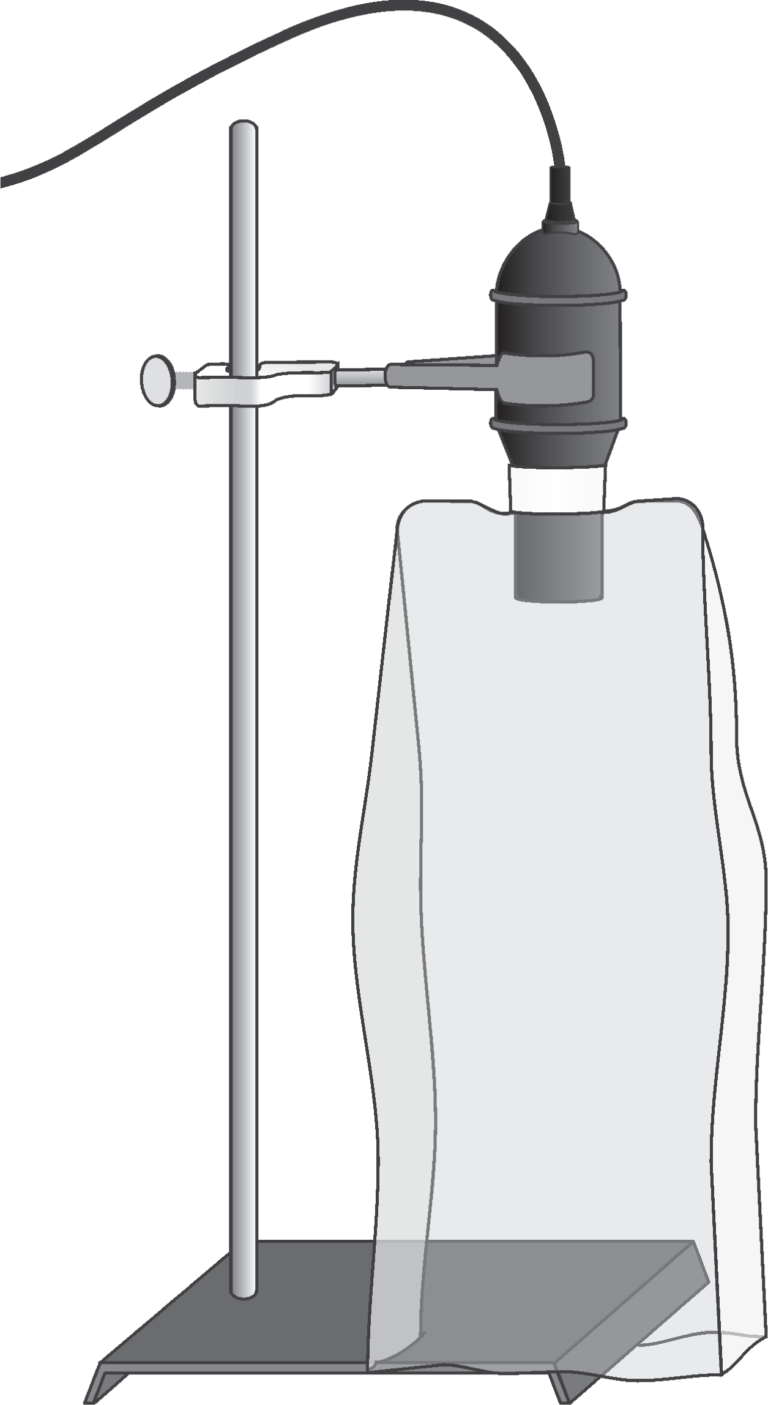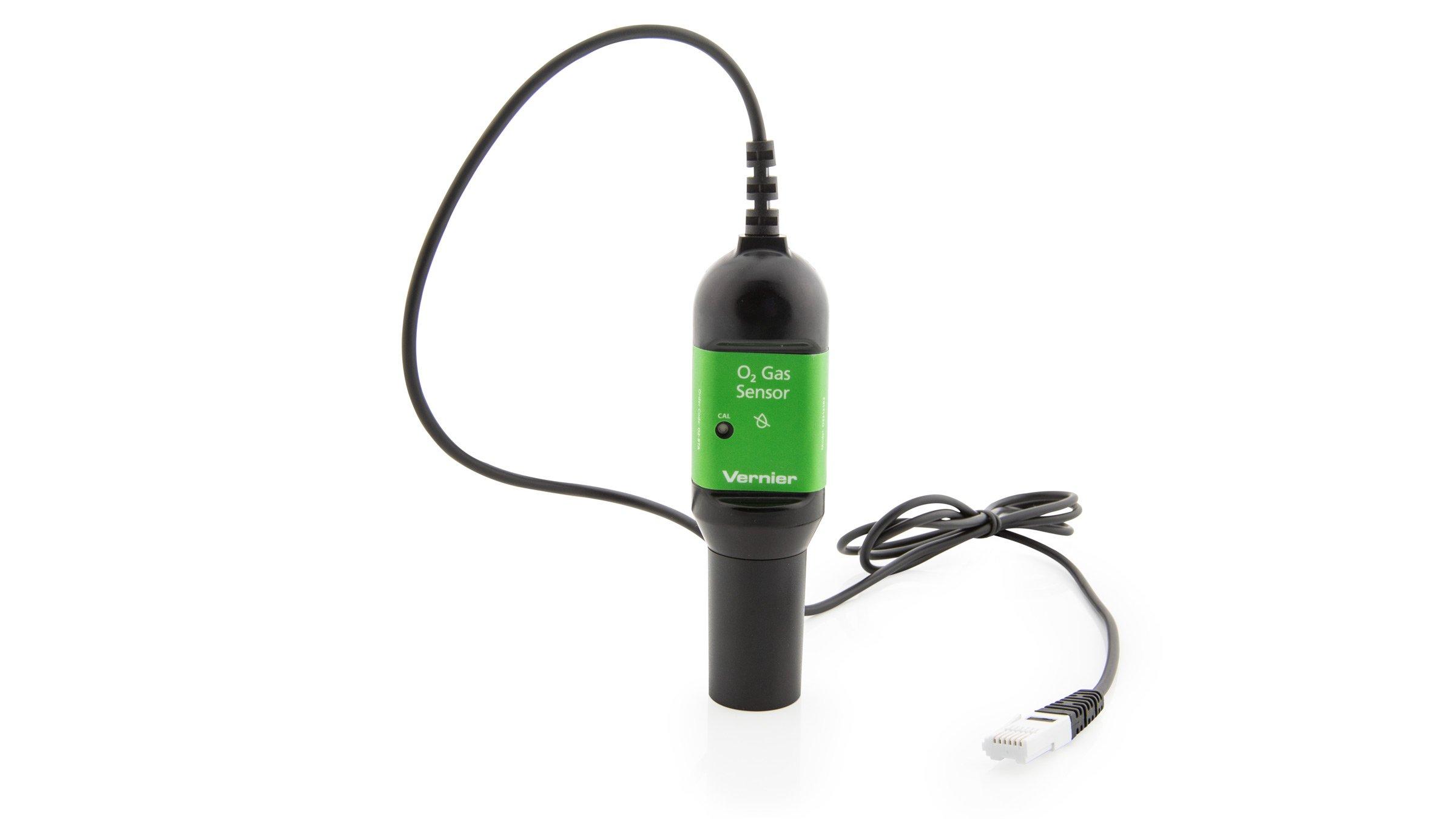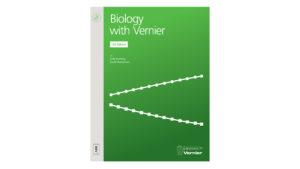
Video Overview
Introduction
The process of breathing accomplishes two important tasks for the body. During inhalation, oxygen-rich air is brought into your lungs. During exhalation, air depleted in oxygen and rich in carbon dioxide is forced out. Oxygen is then transported to the cells where it is used in the process of respiration, yielding carbon dioxide as a product.
In this experiment, you will determine what factors affect how long you can hold your breath. You will be tested under two different conditions. The first condition is normal breathing. The second condition is immediately following hyperventilation. Hyperventilation is when your breathing rate is greater than what is necessary for proper exchange of oxygen and carbon dioxide. This will be achieved by a period of rapid breathing prior to holding your breath.
Objectives
In this experiment, you will
- Use an O2 Gas Sensor to determine residual oxygen levels in exhaled air.
- Evaluate how internal O2 and CO2 concentrations influence breathing patterns.
Sensors and Equipment
This experiment features the following sensors and equipment. Additional equipment may be required.
Option 1

Option 2

Ready to Experiment?
Ask an Expert
Get answers to your questions about how to teach this experiment with our support team.
- Call toll-free: 888-837-6437
- Chat with Us
- Email support@vernier.com
Purchase the Lab Book
This experiment is #30 of Biology with Vernier. The experiment in the book includes student instructions as well as instructor information for set up, helpful hints, and sample graphs and data.

